 |
| Porto de Vigo |
Spain is well known for its fish and seafood industry, and Vigo is the biggest fishing port in Spain. The port is divided into many different sections of products that arrive or are transported via the sea along the coast.
A visit to the fish and seafood port early in the morning was a very insightful experience of the seamen’s life and how it all works. It’s an intense, tough labour. This part of the harbour is open twenty-four hours, seven days a week. The pick of the action happens between 4 a.m. and 9 a.m. when the fishermen come to shore with their produce to be sold or auctioned to the local industry and beyond. Some fishes come from other ports to be sold here too. The fish and seafood are divided in artisanal, small fishing boats; big catches and seafood.
 |
| Porto de Vigo |
Some factories have containers on the site where they start the process of cleaning, packing and then moving the feedstock inland to be distributed fresh or to carry on to be frozen or canned.
The canning industry in Spain is huge and is considered one of the best in quality. There is a good variety of canned fish and seafood in the market, some preserved in brine, olive oil, tomato sauce and other salsas. The process of canning in some smaller scaled factories are all made by hand and with much care, making them a gourmet product for the luxury market. They pride themselves on making it all in-house, including the recipes for the sauces. Their system allows for traceability from fisherman to consumer.
Some of the fish and seafood products include sea urchin, razor clams, clams, mussels, oysters, octopus, baby squid and small sardines as well as the usual sardines, tuna and mackerel.
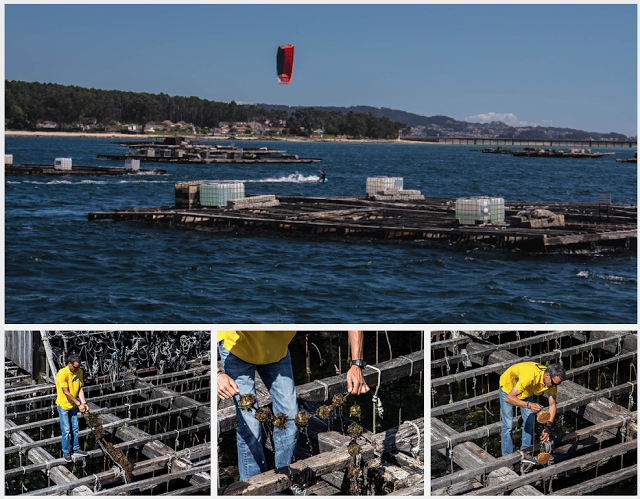 |
| Bateas, Galician mussel farm platforms |
Bateas, Galician mussel farm platforms, are rafts made of wood with hanging ropes for cultivating typical Galician molluscs. They can be spotted along Vigo estuary, arranged neatly along the coast.
Mussels and oysters from the Vigo estuary are safe to eat as they go through a very strict process to reach your plate with optimal freshness and quality. The best place to taste mussels and oyster is in Calle de las Ostras in the Old Town in Vigo.
I visited a couple of gourmet canning factories and tasted some of the
fish and seafood offerings. The presentation of the products is
aesthetically pleasing to the eye; as for the taste, they were
surprisingly better than most canned fish and seafood around on
supermarket shelves. They make an excellent addition to the store
cupboard. They make a quick snack or accompaniments to an aperitif.
There is also a trend to use these products as ingredients in cooking
and baking, using the oil or salsas to enrich the recipes. Some high
profile chefs go as far as to make foam and elaborate sauces for their
dishes. It is all about the introduction of new concepts using
innovative processes and always using high quality material for their
creations.
A Visit to Real Conservera Española:
 |
| Tasting time: Real Conservera Española |
Conservas La Brujula, they sell their sardines at Brindisa in London
History of Canning
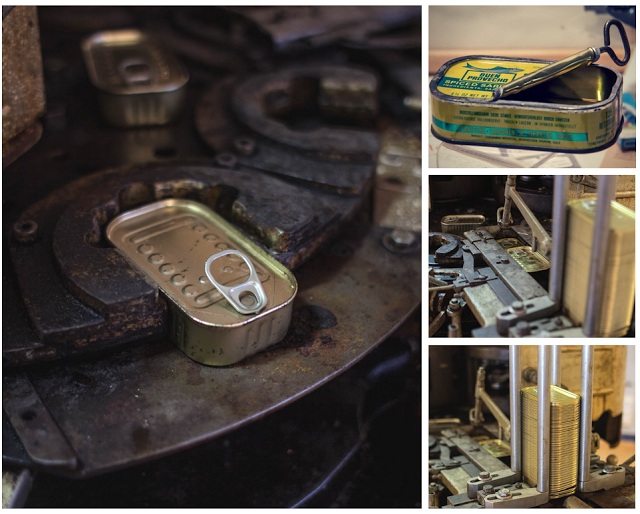 |
| Museum at
ANFACO-CECOPESCA HQ in Vigo |
The method of Nicolas Appert (1810) which secured the stability of food through the tightness of the container and the sterilisation of the product was improved by the Englishman Peter Durand, incorporating the metal container.
England, France, and the United States had quickly set up preserve factories since before 1820 to make food portable and available to the armies, both for the battlefield and for the famous expeditions into unknown territories. At the same time, the emerging global conserve industry began its journey on the path of innovation, making progress in canning, in technological science and the specialisation of its products.
The French started setting up small canning factories specialising in fried sardines in oil, the celebrated sardines Nantes, which dominated the market until the great sardine crisis which ravaged the French coast in 1880-1887 and the start of the fish canning industry in Galicia, Vigo.
I learned a lot about fish and seafood on this trip. A very educational look at behind the scenes where and how food is produced and processed.
Ideas of dishes using canned fish and seafood
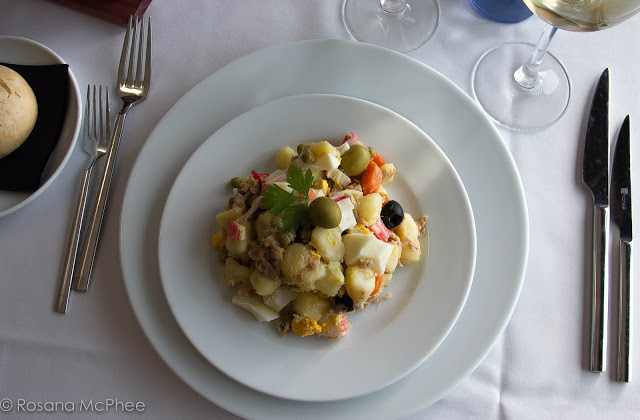 |
| Sardine in potato salad |
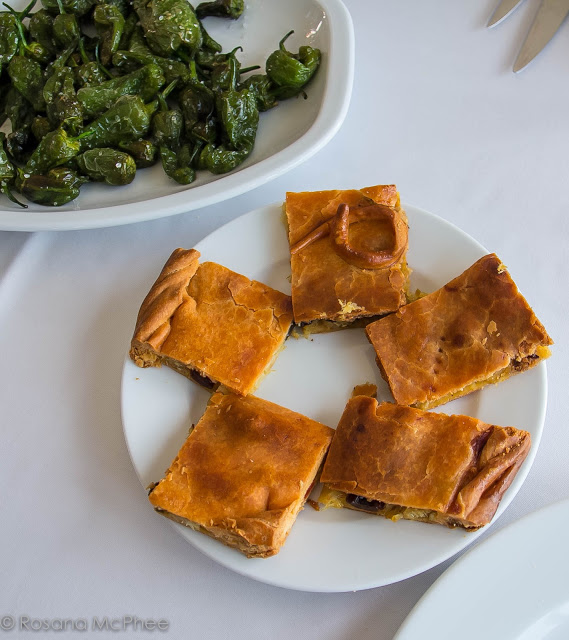 |
| Empanada de Bacallau (cod) and uva pasas (raisins) – Galician way |
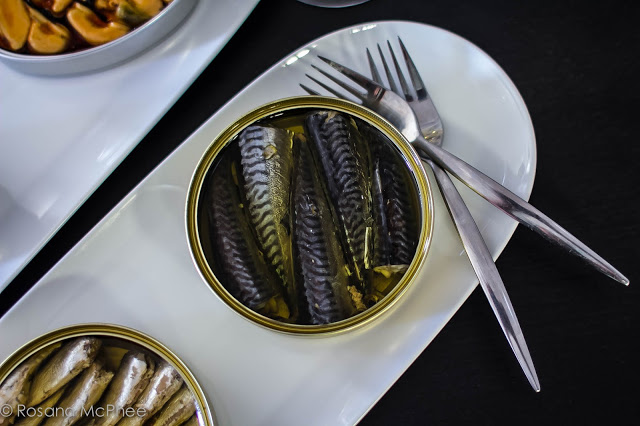 |
| Aperitif for cocktail hour, place the can on ice for 10 minutes for better taste and texture for mussels, razor clams and clams. |
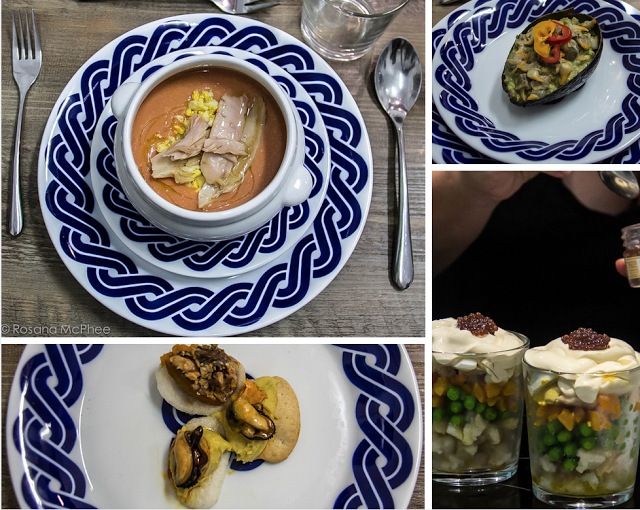 |
|||||||||
| White tuna was added as topping on a tomato soup (Salmorejo), mussels as topping for canapes, Guacamole and cockle dish, layered potato salad with mayo and white tuna – suggestions by Spanish blogger Carmen of Guisandome La Vida |
Pin
Disclosure: I was a guest of Anfaco-CECOPESCA on this trip. All views are my own.


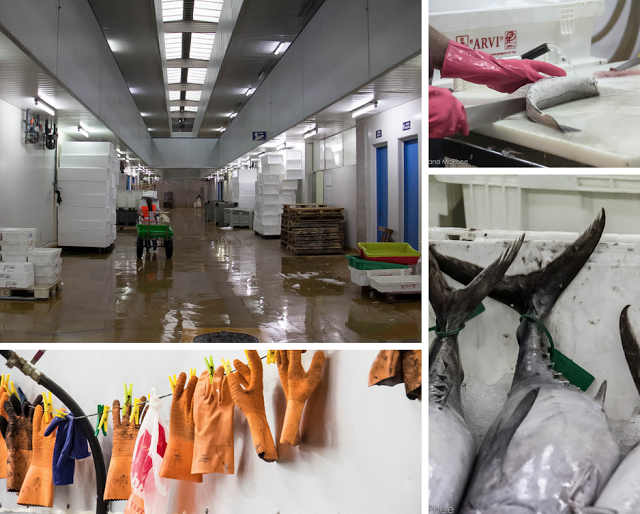
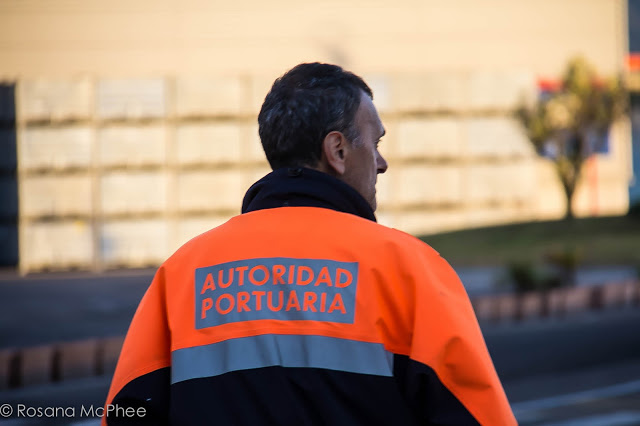
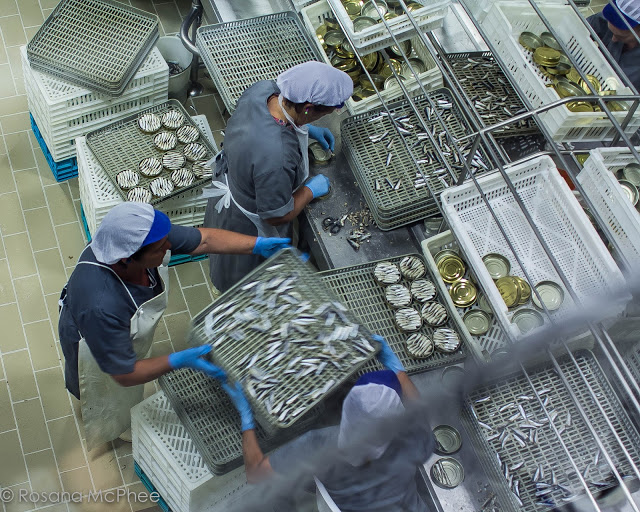
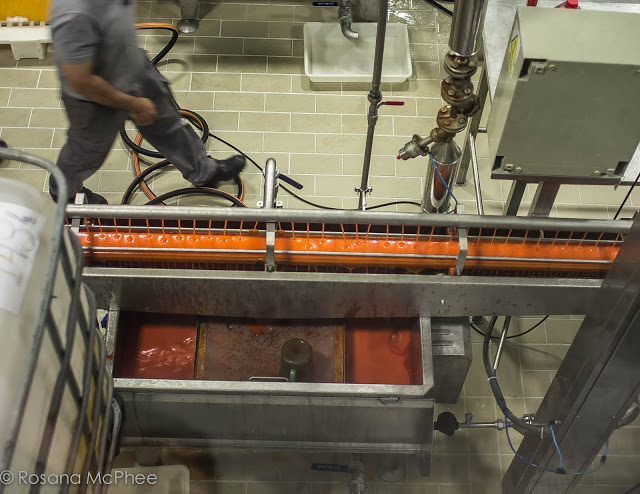
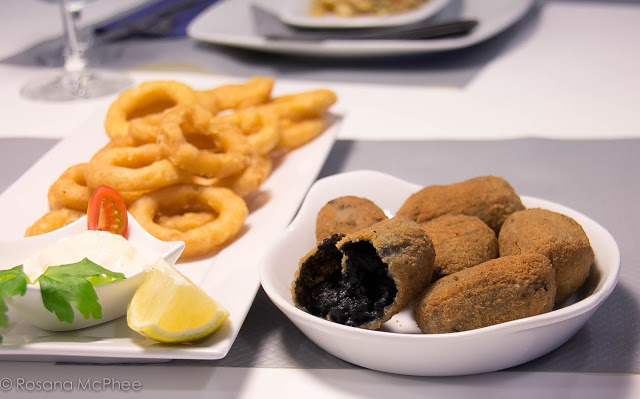
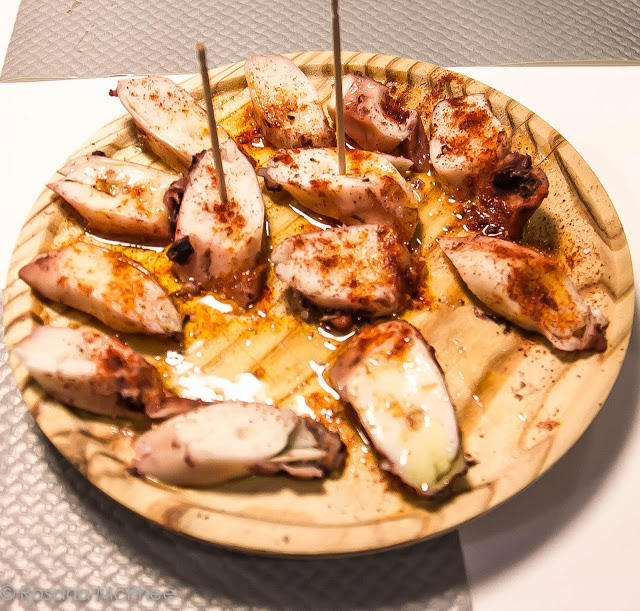
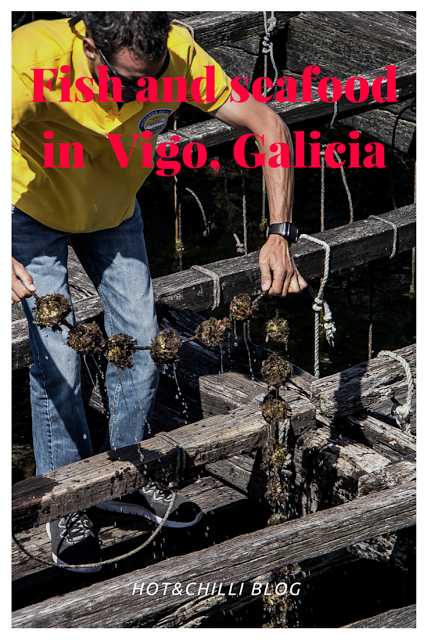
I'm going to Vigo the week after next. I knew nothing about it until now. I love fish markets but don't think I'll be up early enough to see this one. GG
The fish in Spain is among the best of the world. I can only imagine the fabulous flavors you got to experience during your trip.
Spain is beautiful! I'm not familiar with the canning industry either, so found this very interesting.
I do love visiting places where I can learn about food production, and fish markets are another favourite so this must have been doubly fascinating. Thanks for sharing the insights!
Love the name of your blog ! Such an interesting morning exploring the fish trade. Did not realise it started so early. We use tinned fish in South Africa it is a pantry staple in most homes.
wonderful photography! I think it is so interesting that canning in places like spain doesn't mean poor quality, as it tends to do here. You can buy some great canned fish on the continent that just isn't around in the UK
Some beautiful images around a less than picturesque activity. Love the one of the rubber gloves in particular!